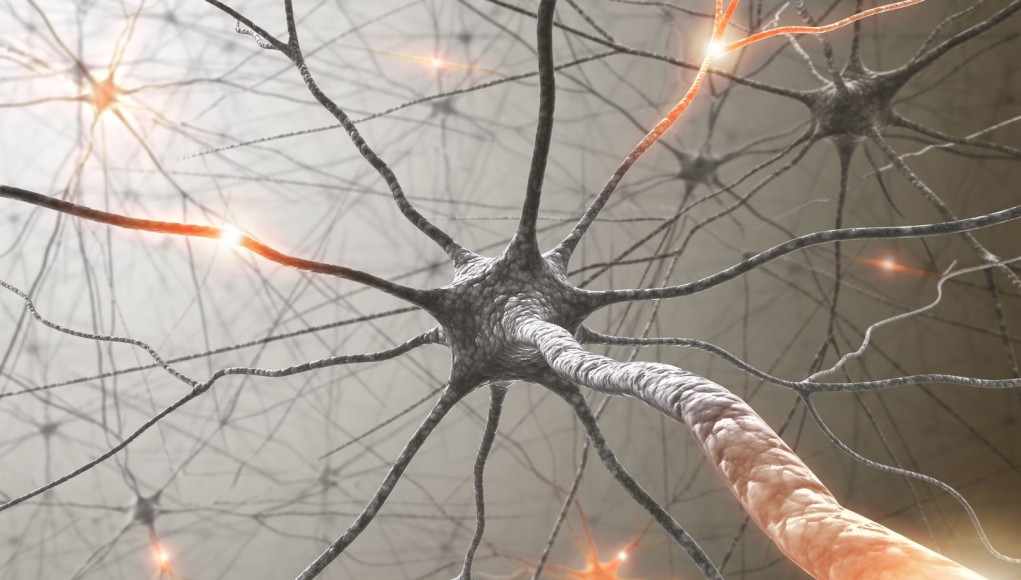
Salk Scientists use Sound Waves to Control Brain cells
Scientists have developed a new way to selectively activate brain, heart, muscle and other cells using ultrasonic waves. The new technique, dubbed sonogenetics, has some similarities to the burgeoning use of light to activate cells in order to better understand the brain.
This new method–which uses the same type of waves used in medical sonograms–may have advantages over the light-based approach–known as optogenetics–particularly when it comes to adapting the technology to human therapeutics. It was described September 15, 2015 in the journal Nature Communications.

Before this technique a similar technique, called optogenetics, was in practice and uses light pulses to control neurons. Just like a switch in your house turns your lights on and off, light can be used to turn neurons on and off. Special light-sensitive channel proteins are added to specific neurons, and are then activated with focused lasers. However, the procedure gets tricky when it comes to cells deep inside the body. The brain and other tissue can get in the way, scattering the light, and in order to reach certain cells, an optical fiber is surgically implanted. Sonogenetics is less invasive as low-frequency sound waves can pass through tissue and bone with ease.
“Light-based techniques are great for some uses. But this is a new, additional tool to manipulate neurons and other cells in the body,” informed,” Sreekanth Chalasani, assistant professor in Salk’s molecular neurobiology laboratory.
Chalasani and his colleagues first showed that, in the nematode Caenorhabditis Elegans, microbubbles of gas outside of the worm were necessary to amplify the low-intensity ultrasound waves. “The microbubbles grow and shrink in tune with the ultrasound pressure waves,” Ibsen says. “These oscillations can then propagate noninvasively into the worm.”
Next, they found a membrane ion channel, TRP-4, which can respond to these waves. When mechanical deformations from the ultrasound hitting gas bubbles propagate into the worm, they cause TRP-4 channels to open up and activate the cell. Armed with that knowledge, the team tried adding the TRP-4 channel to neurons that don’t normally have it. With this approach, they successfully activated neurons that don’t usually react to ultrasound.
Both optogenetics and Sono genetics approaches, he adds, hold promise in basic research by letting scientists study the effect of cell activation. And they also may be useful in therapeutics through the activation of cells affected by disease. However, for either technique to be used in humans, researchers first need to develop safe ways to deliver the light or ultrasound-sensitive channels to target cells.